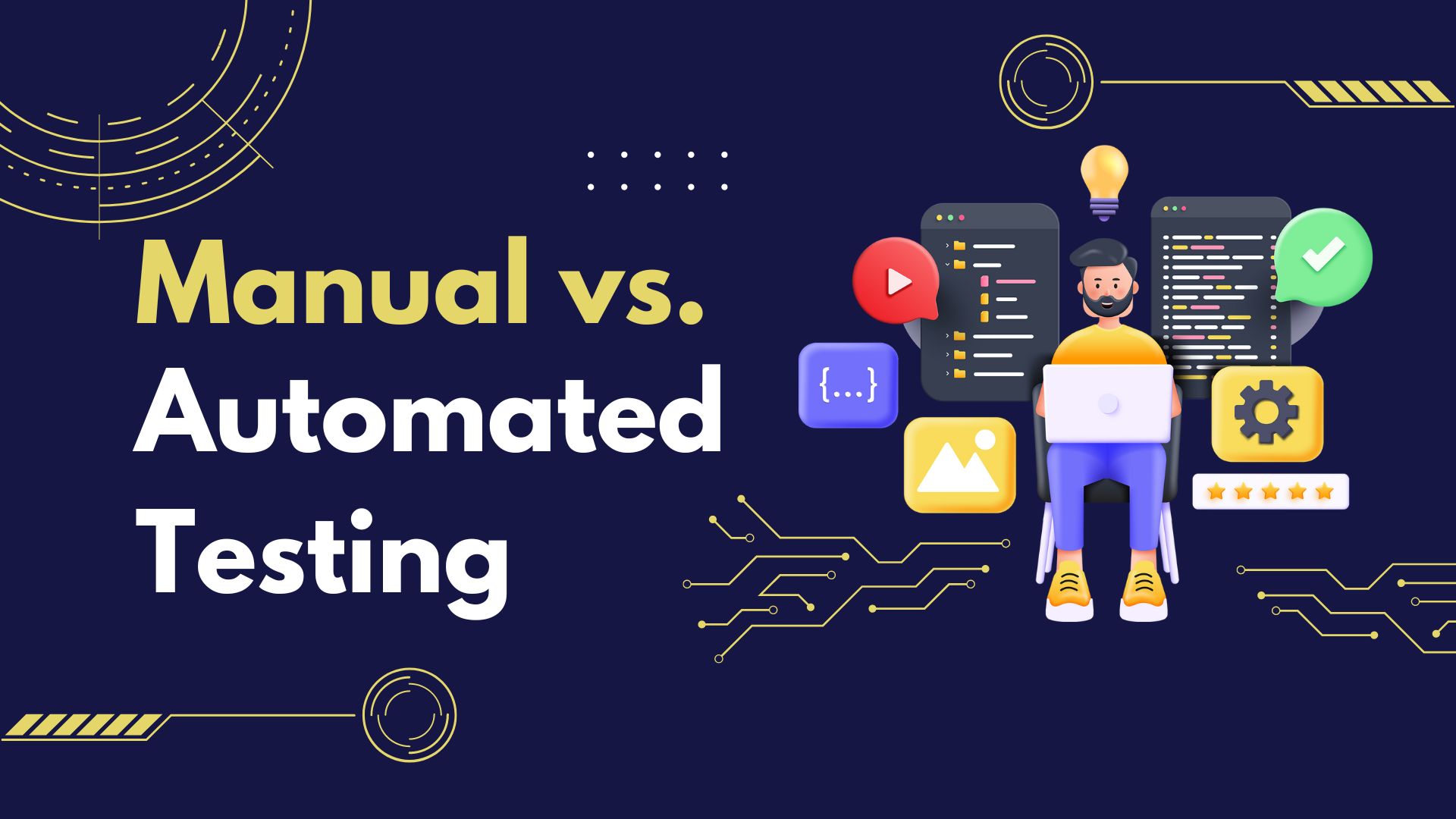
The debate between manual and automated testing has long been discussed in the dynamic world of software development. As software teams strive to deliver high-quality applications that meet their customers’ ever-evolving needs, choosing between these two testing approaches has become increasingly critical. Understanding the strengths, limitations, and appropriate use cases of manual and automated testing is essential for building a comprehensive quality assurance strategy.
Manual Software Testing: The Human Touch
Manual software testing relies on the expertise and judgment of human testers to validate an application’s functionality, usability, and performance. This approach leverages the versatility and adaptability of the human mind, allowing testers to explore edge cases, uncover unexpected behaviors, and provide subjective feedback on the user experience. Manual testing is particularly valuable in scenarios where the software requires nuanced evaluation, such as assessing the intuitiveness of the user interface or validating complex business workflows.
The Benefits of Manual Testing:
- Ability to identify and address subtle issues that automated tests may overlook
- Flexibility in adapting to changing requirements and exploring new test scenarios
- Valuable insights on the user experience and overall software quality
Automated Software Testing: The Power of Efficiency
Automated software testing, on the other hand, leverages specialized tools and scripts to execute test cases repeatedly and consistently. This approach excels in scenarios requiring repetitive, high-volume testing, such as regression testing, performance testing, and continuous integration/deployment pipelines. Automated tests can run faster, cover more test cases, and provide more detailed and reliable results than manual testing, making them indispensable for ensuring software applications’ ongoing quality and stability.
The Benefits of Automated Testing:
- Increased efficiency and speed in executing test cases
- Consistent and reliable results, reducing the risk of human error
- Ability to scale testing efforts and cover a wider range of scenarios
- Valuable data and insights for monitoring application performance and identifying trends
Tools for Manual and Automated Testing
Selecting the appropriate tools for manual and automated testing is crucial for the success of your quality assurance efforts. Here are some popular options to consider:
Manual Testing Tools:
- Jira: A comprehensive project management platform that supports manual testing workflows and bug-tracking
- TestRail: A test case management tool that enables teams to plan, organize, and execute manual test cases
- Selenium IDE: A browser-based record-and-playback tool for creating and executing manual test scripts
Automated Testing Tools:
- Selenium: A widely used open-source framework for automating web application testing across multiple browsers and platforms
- Appium: A cross-platform test automation framework for mobile apps supporting both iOS and Android platforms
- JUnit and TestNG: Powerful unit testing frameworks for Java-based applications
- Cypress: A modern, end-to-end testing framework for web applications with a focus on developer-friendly features
The Synergy of Manual and Automated Testing
While manual and automated testing approaches have distinct advantages, the most effective quality assurance strategy often combines both. By leveraging the strengths of each approach, software teams can create a robust and comprehensive testing framework that addresses the diverse needs of their applications.
Manual testing excels in areas where human judgment and subjective evaluation are crucial, while automated testing shines in scenarios that require high-volume, repetitive, and consistent execution. By striking the right balance between these two testing methodologies, software teams can optimize their quality assurance efforts, catch issues early in the development lifecycle, and deliver software solutions that meet the exacting standards of their customers.
Embracing the Evolving Landscape of Software Testing
As the software development landscape continues to evolve, adapting and integrating manual and automated testing approaches becomes vital. With the rise of Agile, DevOps, and continuous integration/deployment practices, the testing process has become more iterative, collaborative, and responsive to changing requirements.
By staying attuned to the latest trends and advancements in software testing tools and methodologies, software teams can continuously refine their quality assurance strategy, ensuring that their applications remain resilient, user-friendly, and aligned with the market’s ever-changing needs.